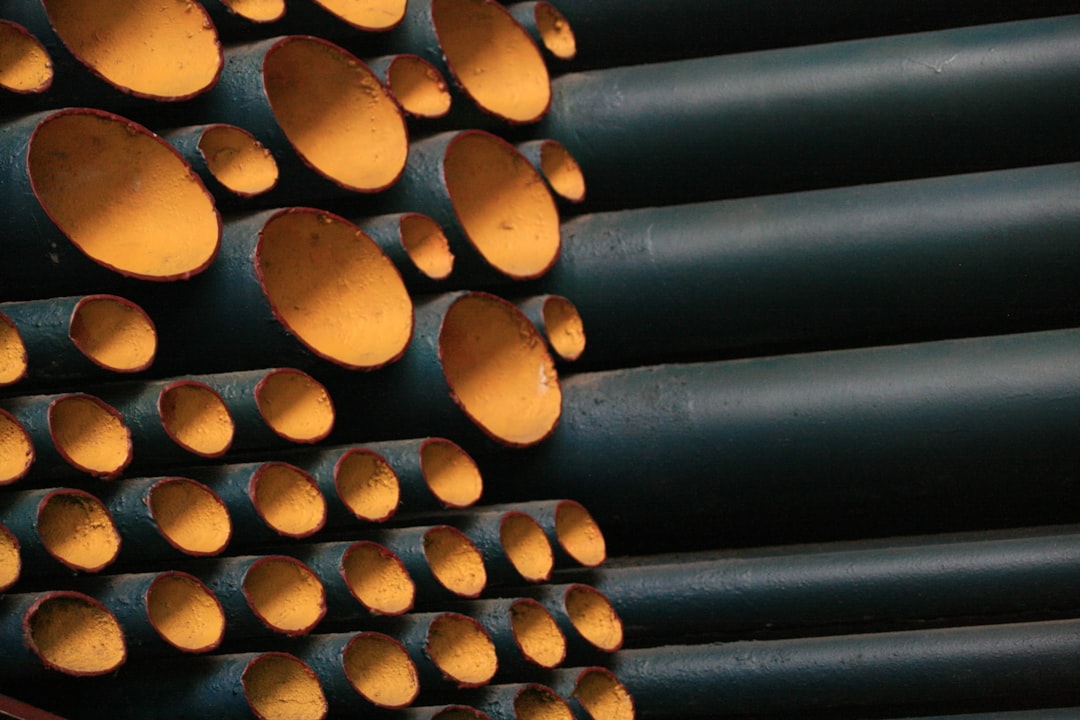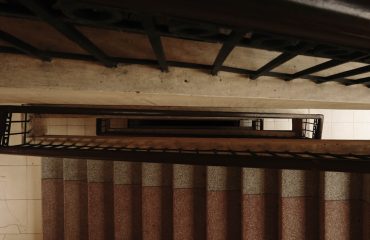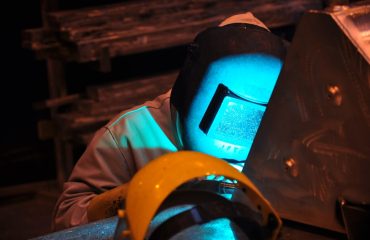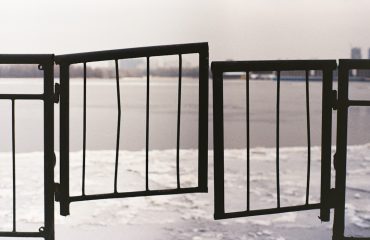The oil and gas industry relies heavily on robust and reliable pipelines to transport crucial resources. At the heart of this infrastructure lies the API 5L standard, a globally recognized specification for line pipes used in these critical applications. This comprehensive guide will delve into the complexities of API 5L, breaking down its key components and providing a clear understanding of its importance.
Understanding API 5L Specifications
API 5L, officially titled “Specification for Line Pipe,” is published by the American Petroleum Institute (API). It outlines the requirements for seamless and welded steel line pipes intended for the conveyance of petroleum, natural gas, and other liquids and gases. The standard covers a wide range of aspects, including:
- Material Requirements: API 5L specifies the chemical composition and mechanical properties of the steel used in the manufacturing of line pipes. These properties are crucial for ensuring the pipe’s strength, ductility, and resistance to corrosion.
- Manufacturing Processes: The standard details the acceptable manufacturing processes for both seamless and welded pipes, ensuring consistent quality and adherence to dimensional tolerances.
- Testing Procedures: Rigorous testing is mandated to verify the pipe’s compliance with the specified requirements. These tests include tensile strength tests, bend tests, flattening tests, and hydrostatic tests, among others.
- Marking and Identification: API 5L dictates the marking requirements for each pipe, ensuring traceability and proper identification throughout its lifecycle.
The Significance of API 5L Grades
API 5L defines various grades of line pipe, each designed for specific applications and pressure requirements. These grades are categorized based on their yield strength and other mechanical properties. Common grades include:
- Grade B: A general-purpose grade suitable for a wide range of applications.
- Grade X42, X52, X60, X65, X70, X80, and higher: These grades represent higher strength steels, used in applications requiring greater pressure resistance. The number indicates the minimum specified yield strength in ksi (kilopounds per square inch).
- L80, L100, and higher: These grades are specifically designed for high-pressure applications and offer enhanced resistance to internal and external pressures.
Selecting the appropriate grade is crucial for ensuring the pipeline’s integrity and safety under operating conditions.
API 5L Product Specifications Levels (PSLs)
API 5L also incorporates Product Specification Levels (PSLs), which further categorize line pipes based on their intended application and required testing rigor. PSL1 represents a lower level of testing and is suitable for less demanding applications, while PSL2 involves more stringent testing and is required for higher-pressure and critical applications. The choice between PSL1 and PSL2 directly impacts the cost and testing requirements of the pipe.
Understanding API 5L Testing and Quality Control
Rigorous testing is integral to ensuring the quality and reliability of API 5L line pipes. These tests are performed at various stages of the manufacturing process and include:
- Chemical Composition Analysis: To verify that the steel meets the specified chemical requirements.
- Mechanical Testing: Including tensile strength, yield strength, elongation, and reduction of area tests.
- Hydrostatic Testing: To ensure the pipe can withstand the intended operating pressure without failure.
- Non-Destructive Testing (NDT): Methods like ultrasonic testing (UT) and radiographic testing (RT) are used to detect internal flaws and defects.
The specific tests required depend on the grade and PSL of the pipe.
Applications of API 5L Line Pipes
API 5L line pipes find widespread applications in the oil and gas industry, including:
- Crude oil pipelines: Transporting crude oil from production sites to refineries.
- Natural gas pipelines: Transporting natural gas from production fields to processing plants and distribution networks.
- Refined product pipelines: Transporting refined petroleum products, such as gasoline and diesel fuel.
- Water injection pipelines: Used in enhanced oil recovery operations.
- Other industrial applications: Transporting various other liquids and gases in industrial settings.
The choice of pipe grade and PSL depends on the specific application, pressure, and temperature requirements.
Understanding API 5L is crucial for anyone involved in the design, construction, and operation of pipelines in the oil and gas industry. Adherence to this standard ensures the safety, reliability, and longevity of these critical infrastructure components. Always consult the latest edition of the API 5L standard for the most up-to-date information.
SEO-Friendly Tags:
API 5L, API 5L Pipe Standard, Line Pipe, Oil and Gas Pipelines, PSL1 PSL2




